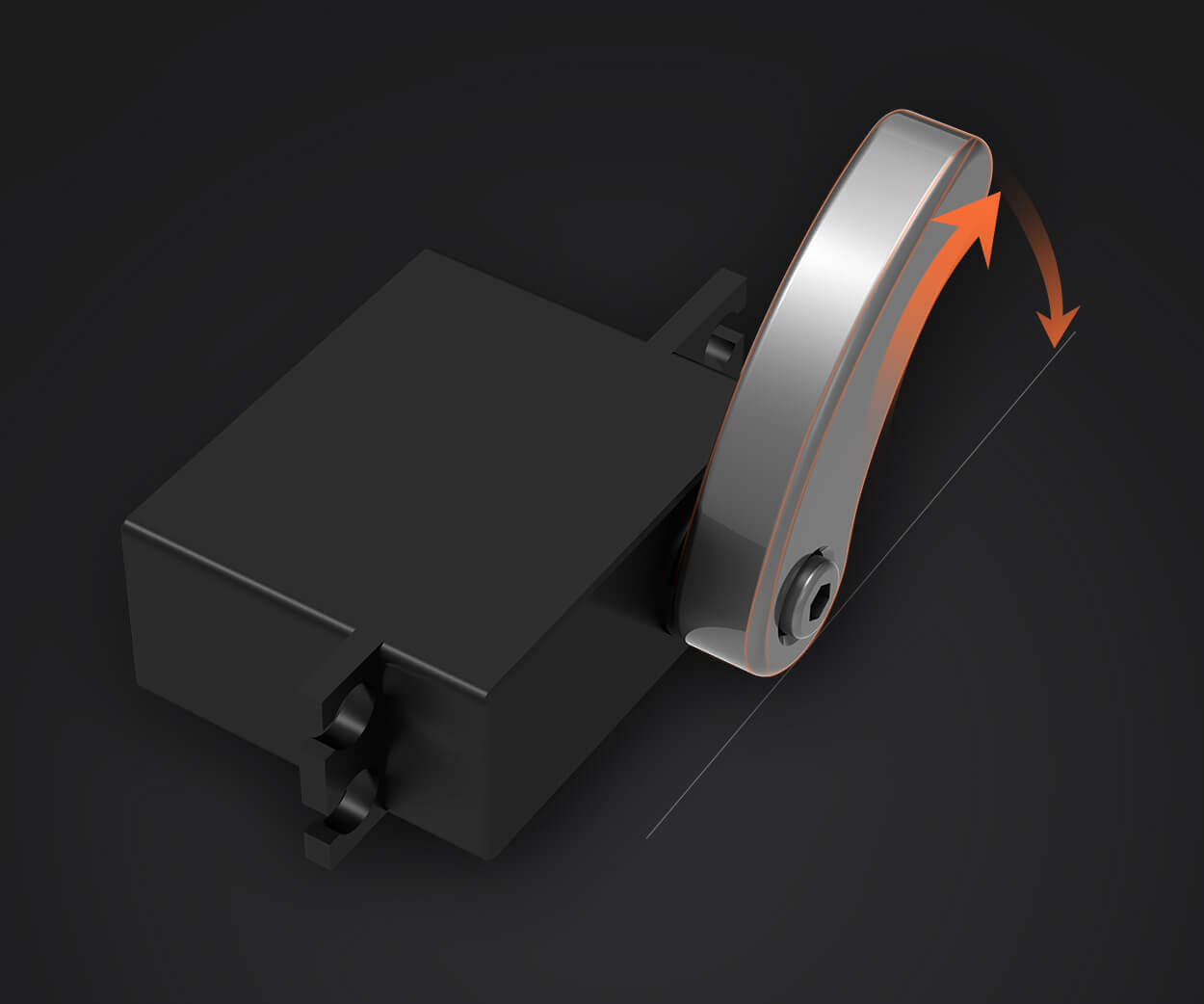Understanding the Basics of Servo Motors
Imagine a machine that can move precisely, respond instantly, and perform complex tasks with finesse—that's the power of a servo motor. Whether you're into robotics, aerospace, manufacturing, or even hobbyist drone-building, servo motors are the unsung heroes that make precise control possible.

What Is a Servo Motor?
At its core, a servo motor is a rotary or linear actuator that allows for precise control of angular or linear position, velocity, and acceleration. Unlike traditional motors that run continuously, servo motors are designed to reach a specific position quickly and hold that position accurately.
Think of a servo motor as a skilled archer who not only hits the mark but can adjust the shot instantly based on feedback—making it an essential component in automation and robotics.
Why Are Servo Motors Important?
The ability to control position, speed, and torque precisely makes servo motors invaluable in applications requiring exact movements. For example:
Robotics: Precise arm movements for assembly lines. Aerospace: Flight control surfaces adjusting in real-time. Automotive: Power steering systems. Consumer Electronics: Camera autofocus mechanisms. Hobbies: RC cars, airplanes, and robotic kits.
This wide usability underscores why understanding their working principle is fascinating and vital.
The Key Components of a Servo Motor
A typical servo motor consists of:
Motor (DC or AC): The powerhouse providing rotational motion. Gearbox: Reduces speed and increases torque. Feedback Device (Potentiometer, Encoder): Sends position data back to the controller. Control Circuit: Processes commands and feedback. Position Controller: Ensures the motor reaches the desired position.
To visualize how these components harmonize, let's look at a simple diagram:
(Insert a labeled diagram showing the motor, gearbox, feedback device, control circuit, and their connections)
In the diagram, the command signal comes from a microcontroller or controller unit, feeding into the control circuit. The feedback device constantly informs the control circuit of the motor's actual position, enabling the system to adjust torque and movement swiftly.
The Working Principle in a Nutshell
In essence, a servo motor operates based on a closed-loop control system. Here's a quick outline:
The user or system sends a command to move to a specific position. The control circuit compares the current position (feedback) with the desired position. If there's a discrepancy, the motor receives signals to turn in the direction needed. As the motor moves, the feedback device updates the system on the current position. This loop continues until the actual position matches the target, at which point the system holds position with minimal power.
This process, called closed-loop control, ensures high accuracy and responsiveness—making servo motors indispensable whenever precision counts.
Types of Servo Motors
There are various types, each suited to different applications:
DC Servo Motors: Offer precise control and are commonly used in hobby robotics. AC Servo Motors: Typically larger, with better durability, used in industrial applications. Brushless DC (BLDC) Servo Motors: Provide high efficiency and low maintenance, ideal in high-performance contexts.
Now, to truly grasp how these elements come together, a detailed look at the working system—especially with the aid of an illustrative diagram—is necessary. That will be the focus of the next section.
Inside the Servo Motor — The Working Principle with Diagram
(Proceeding with Part 2 in the next reply.)
Leveraging innovations in modular drive technology, Kpower integrates high-performance motors, precision reducers, and multi-protocol control systems to provide efficient and customized smart drive system solutions.




































